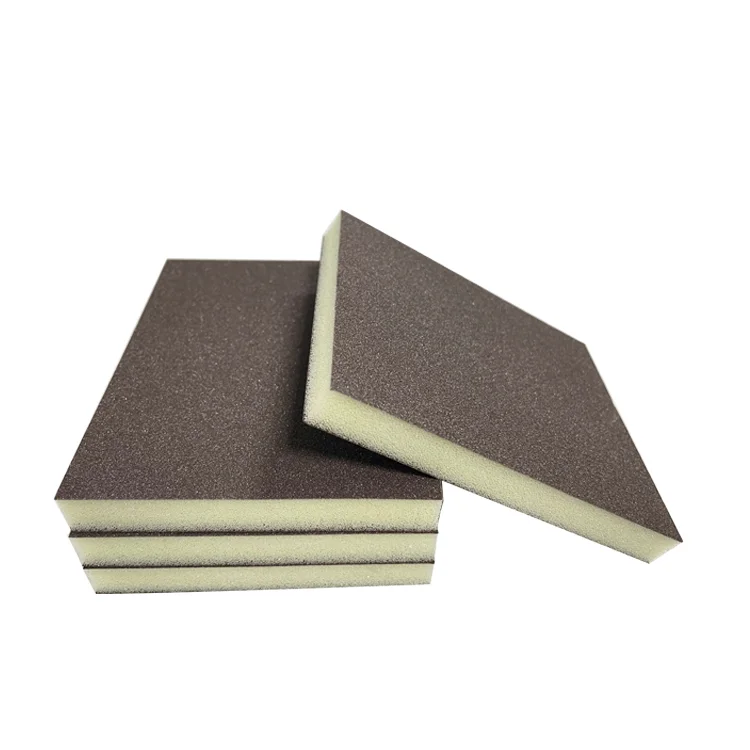When it comes to maintaining your HP printer, one of the most essential tasks is changing the ink cartridges. Whether you’re a home user or a business professional, understanding how to change ink in HP printers efficiently can save you time, money, and frustration. In this article, we will delve into the step-by-step process of changing ink cartridges, troubleshoot common issues, and share tips for optimizing your printer's performance.
Understanding Your HP Printer's Ink System
Before diving into the replacement process, it’s crucial to understand the different types of ink cartridges used in HP printers. HP offers two primary types of cartridges: standard cartridges and high-yield cartridges. Standard cartridges are suitable for occasional printing, while high-yield cartridges are designed for users with higher printing demands, providing more pages per cartridge.
Additionally, HP printers may use either individual color cartridges (cyan, magenta, yellow, and black) or tri-color cartridges that combine all colors into one unit. Knowing your printer model and the type of cartridges it uses will streamline the replacement process.
Step-by-Step Guide to Changing Ink in HP Printers
Step 1: Prepare Your Workspace
Before you begin, ensure that you have the following items ready:
- New ink cartridges compatible with your HP printer model
- A clean, flat surface to work on
- Paper towels or a cloth to clean any spills
Step 2: Turn On Your Printer
Power on your HP printer and wait for it to initialize. This process may take a few moments, during which the printer will move the print head to the replacement position.
Step 3: Open the Printer Access Door
Carefully open the printer access door. This action will typically trigger the print head to move to the center of the printer, making it easier to access the cartridges. Ensure that you do not touch any internal components, as this could cause damage.
Step 4: Remove the Old Ink Cartridges
Locate the ink cartridges that need to be replaced. Depending on your printer model, you may need to press down on the cartridge to release it from its slot. Gently pull the cartridge out, taking care not to touch the copper contacts or the ink nozzles, as this can affect print quality.
Step 5: Prepare the New Ink Cartridges
Unpack the new ink cartridges from their packaging. Remove any protective tape or plastic covering from the cartridge. Again, avoid touching the copper contacts or ink nozzles. This step is crucial to ensure proper ink flow and prevent clogs.
Step 6: Install the New Ink Cartridges
Insert the new ink cartridge into the correct slot, ensuring it clicks into place. If your printer uses individual color cartridges, match the colors accordingly. For tri-color cartridges, simply insert it into the designated slot.
Step 7: Close the Printer Access Door
Once all cartridges are installed, gently close the printer access door. The printer will automatically recognize the new cartridges and may perform a brief alignment process.
Step 8: Test Your Printer
To ensure that the new cartridges are functioning correctly, print a test page. This step will help you verify that the ink is flowing properly and that the print quality meets your expectations.
Troubleshooting Common Issues
Even with a straightforward process, you may encounter some common issues when changing ink in HP printers. Here are a few troubleshooting tips:
- Printer Not Recognizing New Cartridges: If your printer does not recognize the new cartridges, remove them and reinsert them, ensuring they are seated correctly. Check for any protective tape that may have been missed.
- Poor Print Quality: If you notice streaks or faded prints, perform a print head cleaning through your printer's maintenance menu. This process can help unclog any blocked nozzles.
- Ink Leaks: If you experience ink leaks, immediately turn off the printer and clean any spills with a cloth. Check the cartridge for damage and replace it if necessary.
Tips for Optimizing Your HP Printer's Performance
- Regular Maintenance: Schedule regular maintenance checks to clean the print heads and perform alignment tasks. This practice can prolong the life of your printer and improve print quality.
- Use Genuine HP Cartridges: While third-party cartridges may seem cost-effective, they can lead to compatibility issues and may void your warranty. Using genuine HP cartridges ensures optimal performance and quality.
- Monitor Ink Levels: Keep an eye on your ink levels through the printer's software or control panel. This proactive approach will help you avoid running out of ink unexpectedly.
- Store Cartridges Properly: If you have spare cartridges, store them in a cool, dry place, upright, and away from direct sunlight to prevent drying out.
Conclusion
Changing ink in HP printers is a straightforward process that, when done correctly, can enhance your printing experience. By following the steps outlined in this guide and implementing the troubleshooting tips, you can ensure that your printer operates at peak performance. Remember, regular maintenance and the use of genuine cartridges are key to achieving high-quality prints and prolonging the life of your HP printer. Happy printing!



